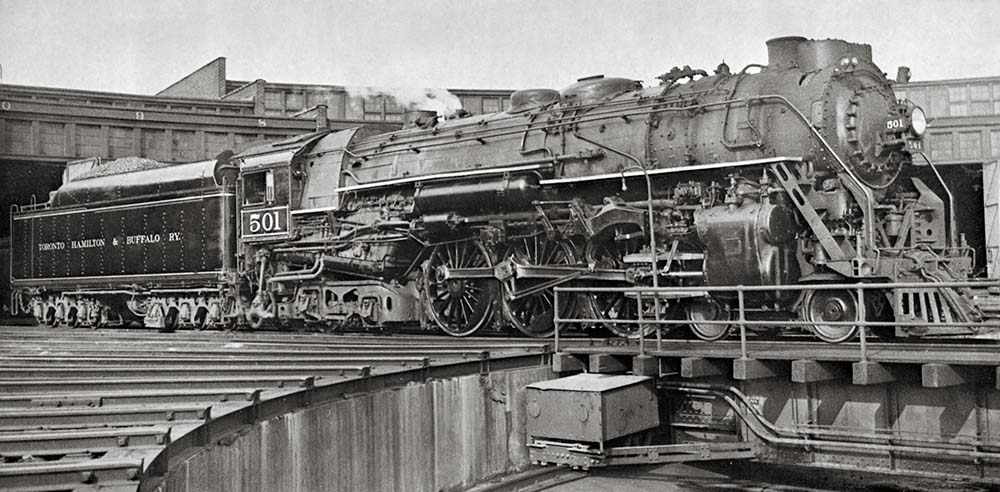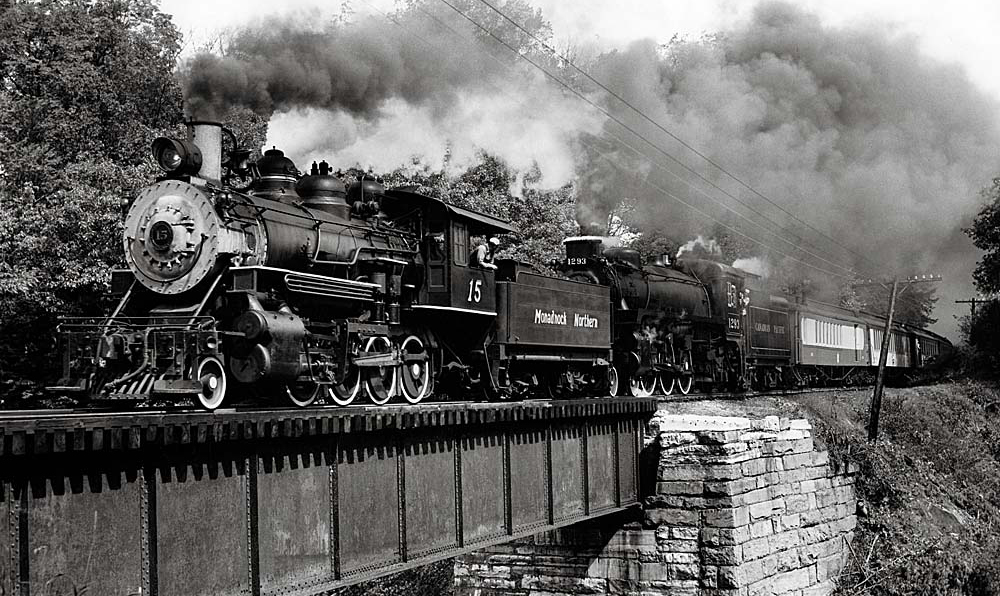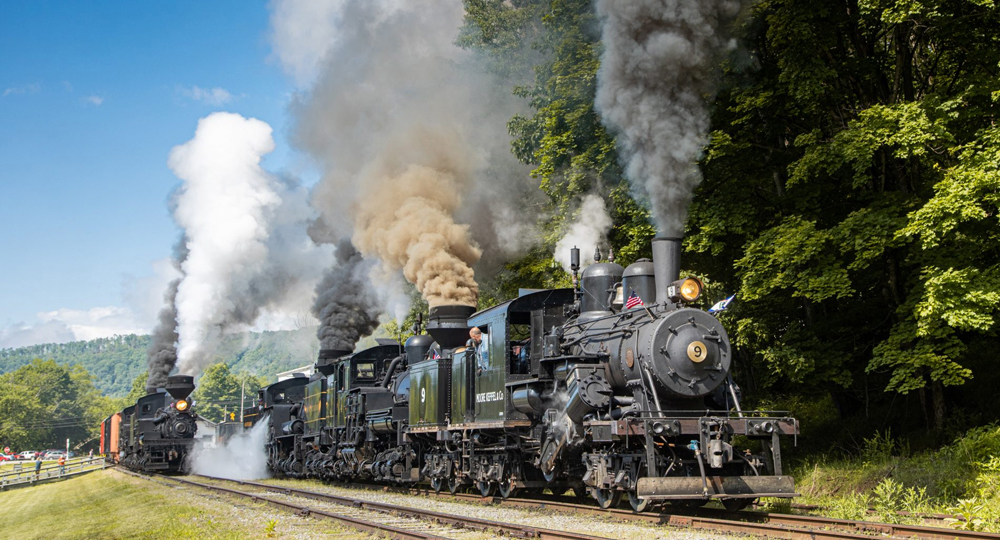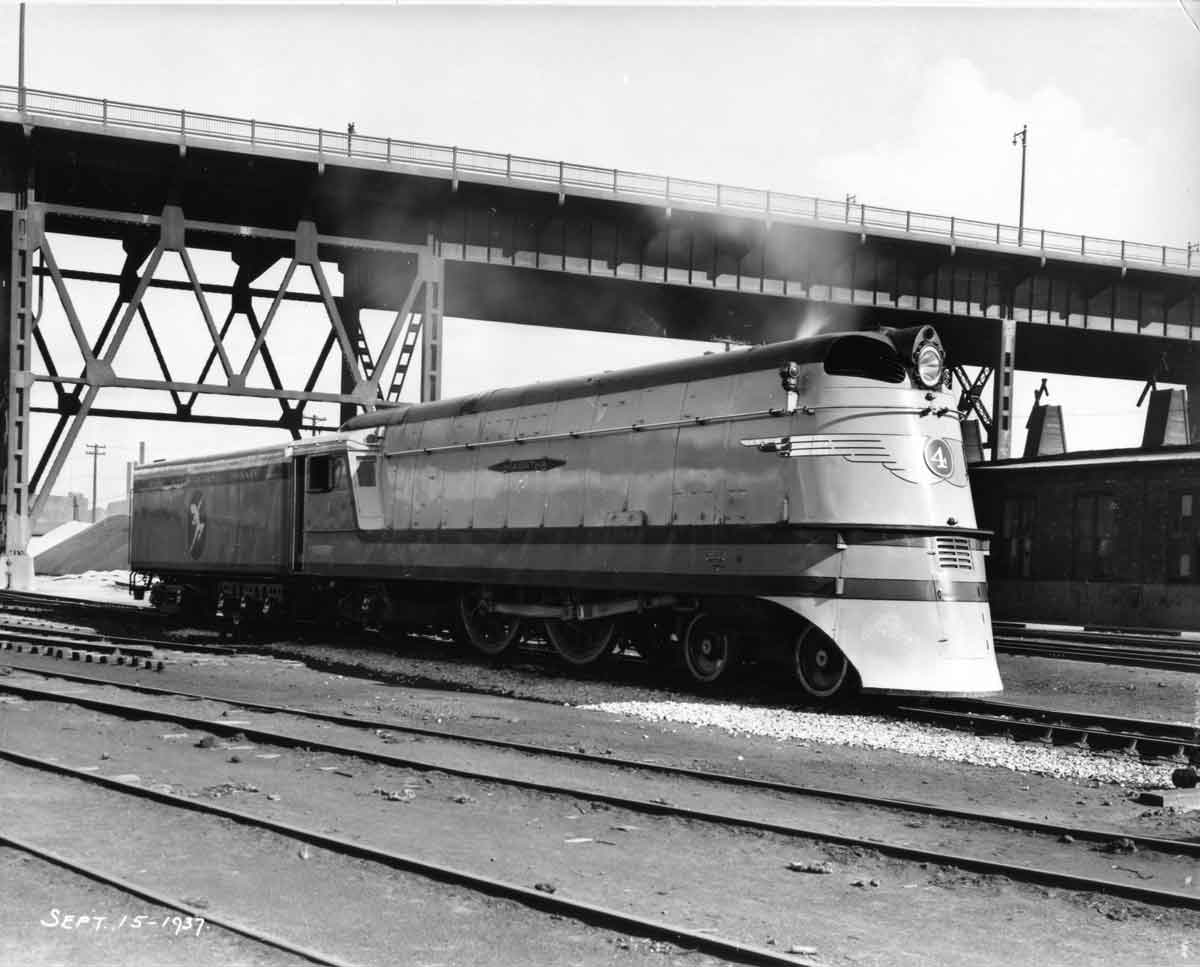The best-selling Alco diesel locomotives came from the switcher, cab unit, and road switcher product lines.
The American Locomotive Co. was North America’s second-largest manufacturer of steam locomotives. The company began making the transition to internal combustion early, building diesel locomotives in the 1920s while continuing to build steam locomotives (which it did until 1948).
World War II production restrictions gave Alco a late start on its carbody freight designs. Alco’s first experimental cab locomotive, nicknamed “Black Maria,” was an A-B-A set built in late 1945 using the Alco 241 engine. Problems with the 241 led to Alco’s shelving these units and adopting the 244-engined FAs, which had been in concurrent development.
The FA introduced Alco’s distinctive blunt-faced nose with grilled headlight housing, with a nose shorter than Alco’s passenger PAs. Each FA (and cabless FB booster) had a single 244 engine and rode on four-wheel trucks.
The introduction of the S1 and S2 switchers in 1939 refined the appearance, with a shorter hood (housing the newer 539 engine) with cab windows above it. Alco switchers have a distinctive appearance, with a steeply rounded cab roof and a hood that doesn’t taper as it meets the cab. Model numbers on HH locomotives reflect horsepower; later S switchers have arbitrary numbers. Alco was a pioneer in hood unit road diesels, and its RS1 of 1941 is credited as being the first true road switcher.
Alco’s 244 engine, used in all contemporary Alco locomotives except switchers and the RS1 (which used the 539), was problematic and proving to be a factor in gaining new locomotive sales. A new, more-reliable, more-powerful engine, the 251, had undergone rigorous testing and was the focal point of the new RS11 and other models introduced in 1955.
S1: 540 units
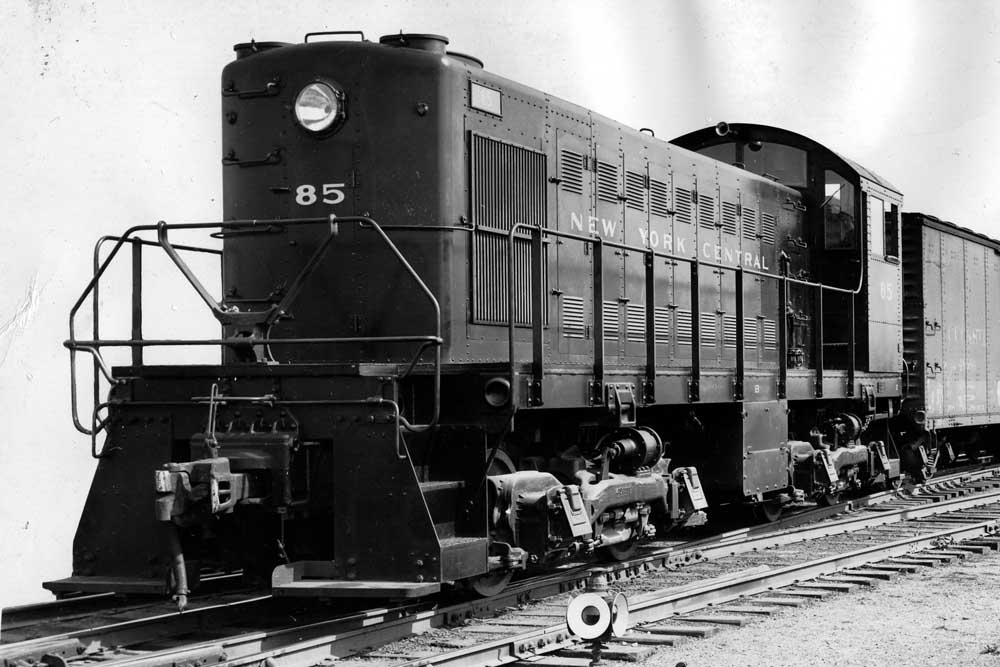
The 660-hp S1, together with the 1,000-hp S2, replaced the HH line and introduced the basic look that Alco switchers would carry into the 1960s. The S1 used a new engine, a six-cylinder, non-turbo version of the 539. The locomotives have a lower hood (allowing cab windows above it) compared to HHs and radiator grilles at the end of the hood rather than near the cab. The S1 has a tall, narrow radiator grille compared to the S2. Early S1s have a round radiator fan housing atop the hood; later models have square housings. The S1 rides on Blunt trucks.
Major buyers: AA, AT&SF, B&O, BRC, B&M, CofG, CNJ, C&EI, C&NW, CGW, EJ&E, ERIE, GM&O, LIRR, L&N, MEC, MP, NC&StL, NYNH&H, NYC, PRR, RDG, SOU, SP&S, TRRA, WAB, WP
S2: 1,502 units and best-selling model of Alco diesel locomotives
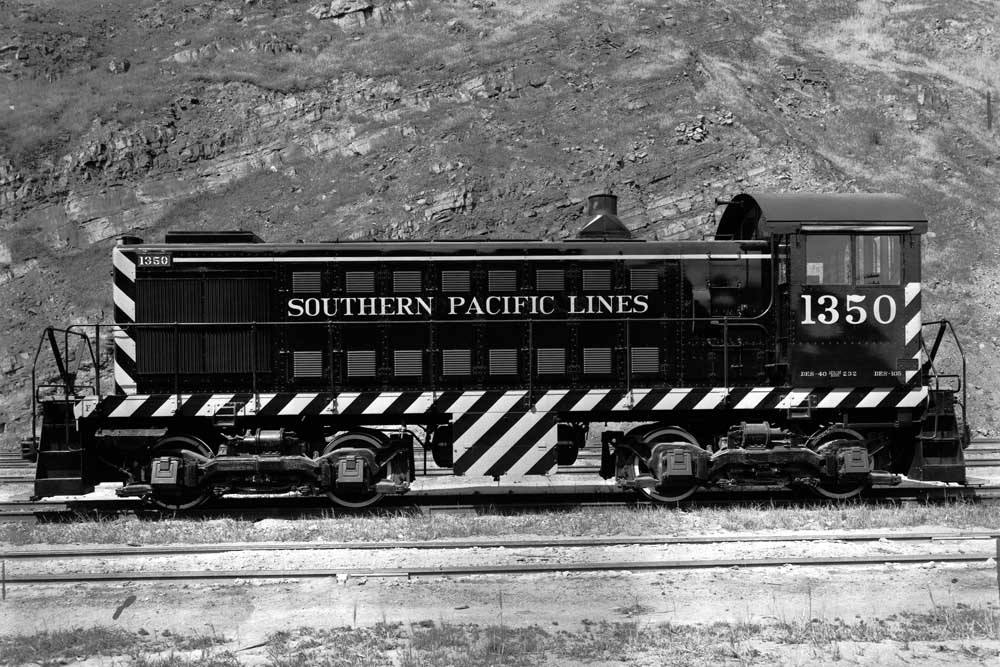
The 1,000-hp S2 proved to be Alco’s most-popular diesel locomotive, with more than 1,500 built. It uses the same six-cylinder 539 engine as the S1, but it’s turbocharged. The locomotive shares the same basic body as the S1, but the S2 has a wider radiator opening. The S2 is equipped with Blunt trucks.
Major buyers: Alton, ATSF, ACL, B&O, BRC, CN, CP, CG, C&O, C&NW, CB&Q, CRI&P, D&H, DL&W, D&RGW, EJ&E, ERIE, GTW, GN, GM&O, LV, LIRR, MILW, MP, NdeM, NYNH&H, NYC, NKP, NP, PRR, RDG, RF&P, SAL, SOU, SP, SP&S, TRRA, UP, WAB, WM
S4: 797 units
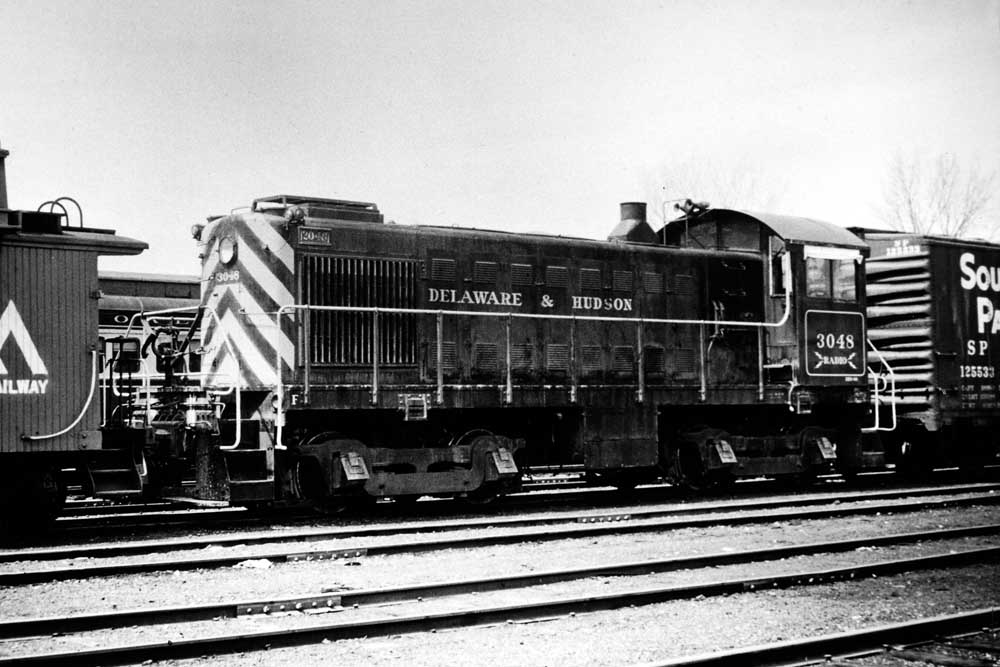
The S4 took over for the S2 as Alco’s 1,000-hp switcher in 1950, and as with its predecessor it is powered by a turbocharged six-cylinder 539 engine. The key spotting feature is that the S4 rides on AAR type A trucks, and has the same large shutter openings as the earlier S2. The S7 was a Canadian-only version of the S4, built by MLW and identical in appearance. Canadian National was the only buyer.
Major buyers: AT&SF, B&O, B&M, CN, CP, CV, C&O, C&NW, D&H, ERIE, GTW, L&N, MEC, MILW, NdeM, NYC, NKP, NP, PRR, P&LE, SAL, SP, UP
FA1: 433 units and best-selling carbody units of Alco diesel locomotives
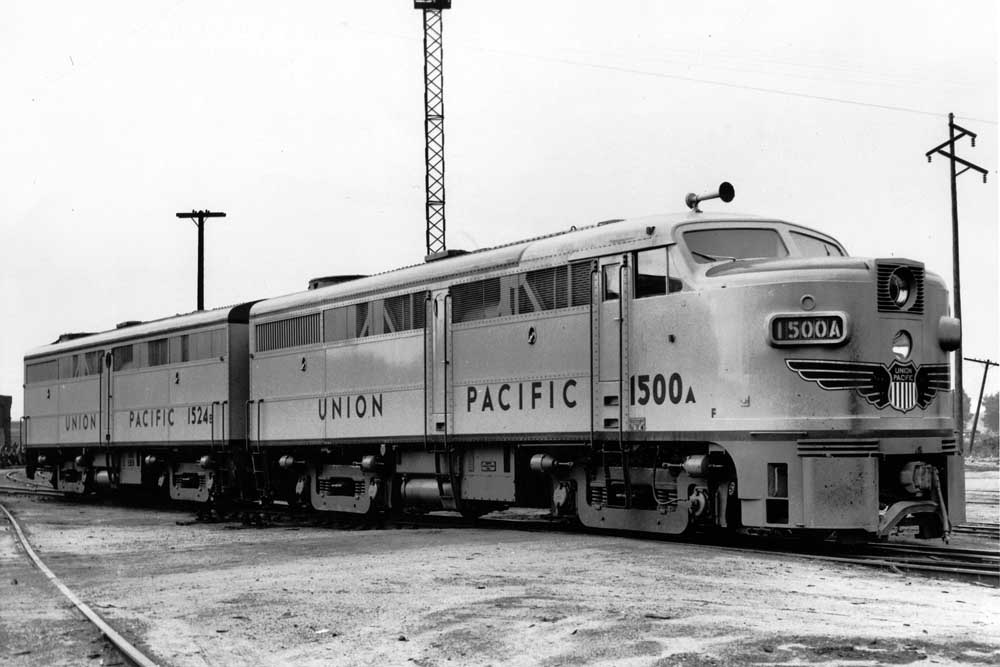
The FA1 and cabless FB1 booster were direct competitors to EMD’s F3. They used turbocharged 12-cylinder versions of Alco’s new 244 diesel engine and were rated at 1,500 hp (the last 21 FA1s and 16 FB1s were rated at 1,600 hp). They were built with a rectangular exhaust stack oriented lengthwise on the roof, a characteristic of Alco’s original air-cooled turbocharger. These were eventually rebuilt with water-cooled turbos, and the stack was relocated crosswise to the body. The first 36 FAs built had a curved trim strip over the air intake screens behind the cab and headlights mounted several inches down into the nose. The trim was eliminated and the headlight made even with the top of the nose on later units. Canadian versions have large winterization hatches on the roof.
Major buyers: CN, CP, CRI&P, ERIE, GN, GB&W, GM&O, LV, MKT, MP, NYNH&H, NYC, PRR, RDG, SLSF, SAL, SOO, SP&S, TC, UP, WAB
RS3: 1,265 units and best-selling road switcher model of Alco diesel locomotives
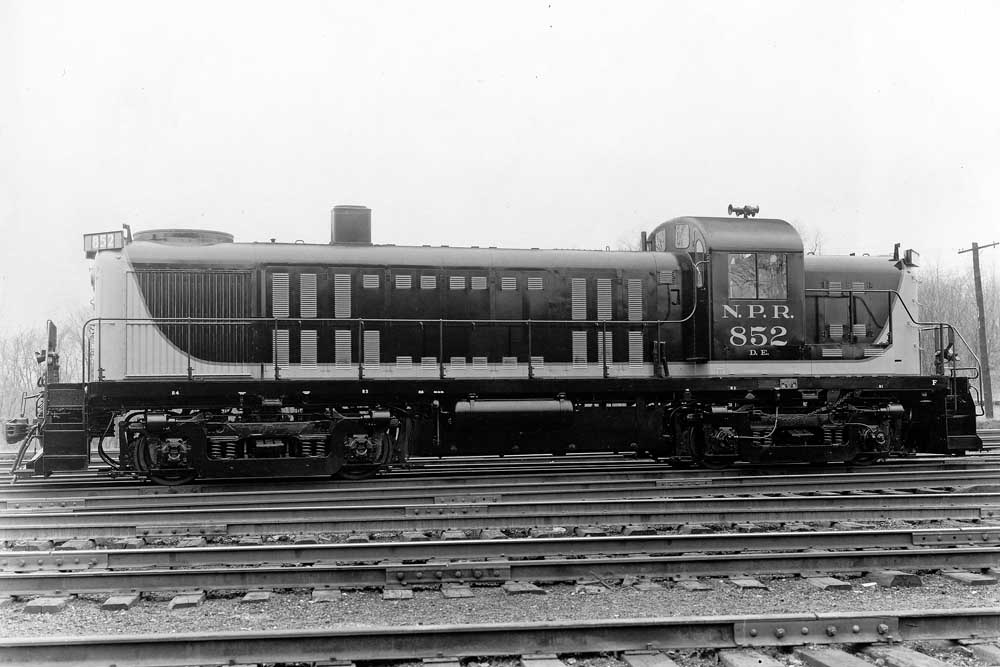
Alco’s best-selling road switcher was the 1,600-hp RS3, with more than 1,200 built. It can be distinguished from the RS2 by the battery boxes mounted on the walkway on the short-hood end of the cab. Most late RS3s (after late 1953) have openings with exposed filters in the sides, which replaced the louvered openings on early models. The most common variation had two vertical filter openings, but some units had a row of square filters even with the top of the radiator louvers. RS3s built after September 1954 had water-cooled turbochargers, but most earlier units were later retrofitted. Options included dynamic brakes, marked by large vents on the sides of the short hood, and a steam generator, indicated by a rooftop stack and vent in the short hood. Five RS3s had both, and received a taller (cab-roof-height) nose (four for Western Maryland and one for Pennsy). Rock Island’s were used in Chicago commuter service and had an extra box for signal equipment on the walkway.
Major buyers: A&S, B&M, CN, CP, CG, CNJ, CV, C&O, C&NW, CRI&P, CStPM&O, D&W, D&H, DL&W, D&RGW, ERIE, GTW, GN, GB&W, GM&O, LS&I, L&HR, LV, L&M, LIRR, L&N, MEC, MILW, MP, MKT, NdeM, NYNH&H, NYC, NKP, N&W, NP, PGE, PRR, P&N, P&LE, QNS&L, RDG, RUT, SSW, SAL, SOO, SOU, SP&S, TC, TRRA, T&P, TP&W, WM
RS11: 426 units
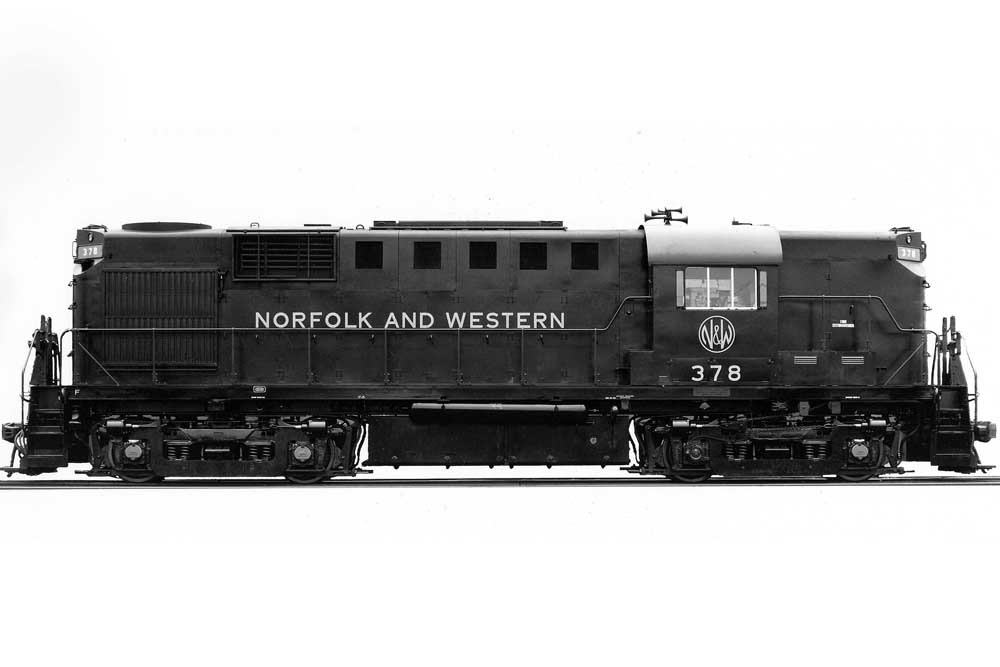
The 1,800-hp RS11 followed the lead of the RSD7 in adopting a tall hood. The RS11 and concurrent RSD12 and RSD15 were the first hood units to use the 251 engine. It was also the first Alco hood offered with high or low nose options — Lehigh Valley, New York Central, and Southern Pacific opted for low noses. Dynamic-brake-equipped engines have five filter openings along the long hood with a hatch and housing on the roof; non-dynamic locomotives lack the housing and the two filters closest to the cab. Schenectady-built RS11s have notches at the tall hood corners that are not found on MLW-built RS11s.
Major buyers: D&H, DW&P, GB&W, LV, MEC, MP, NdeM, NYC, NKP, N&W, NP, SAL, SP, TP&W






